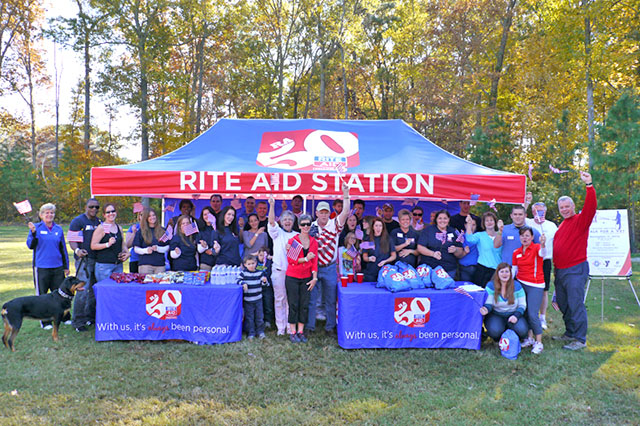
It’s no surprise consumers today are bombarded with branding messages from seemingly countless digital channels — social media, newsfeeds, display ads, video and even in search results. In addition to competing with competitor brands, marketers are competing with their target audiences’ personal and professional digital interactions (tweets, text messages, email, etc.).
So How Does a Brand Stand Out?
Two words: experiential marketing. Experiential marketing creates opportunities for your consumers to taste, touch, hear, feel and / or smell your products. You’ve probably heard the phrase “try before you buy,” but experiential marketing is far more than offering a free sample (although sampling can be a key component of an experiential marketing campaign).
The key to a successful experiential marketing campaign is creating memorable, authentic, emotional connections to your brand.
Surprising and delighting your target audience creates a lasting impact, which is often shared with audience members’ social networks. There is no better publicity or confirmation of your brand than it being shared by consumers!
The Goal: Change Buying Behavior
Most consumer buying behavior is driven by emotions. Creating emotional connections by allowing consumers to experience your brand changes buying behavior. If using your brand makes a consumer feel happier, more attractive, prouder by doing something for a greater good, wealthier, healthier or in some way benefitted — they are more likely to become loyal consumers.
Service-Based Companies: Experiential Marketing Can Work for You Too
Experiential marketing is not only limited to physical products — service-based companies can also create meaningful relationships with their target audience.
How? By offering “samples” — demonstrate how your service can benefit them. Cleaning something (car, shoes, carpet), providing brief spa services, offering free or reduced fees on new accounts and passing out discount offers that can redeemed at your business are just a few examples. Showing innovative or fun videos of how your service is benefiting consumers is another option.
The goal is the same for product and service-based companies: create positive interactions and lasting impressions that change buying behavior.
What Are Some Examples of Experiential Marketing?
- Cause marketing: Organizations partner with a nonprofit and donate proceeds either during an event or via an ongoing program. It can be very effective as consumers are consistently and increasingly choosing brands associated with a cause.
- Mobile vehicles: Taking your branded vehicle to consumers at a time they are going to be there increases visibility and creates opportunities to learn about and try your products.
- Mobile tours: Similar to branded vehicles, setting up tents, tables and hospitality suites at events and locations creates opportunities for face-to-face interactions and memorable experiences.
- Sponsorships: Often creating positive publicity and goodwill with consumers, sponsoring a music, sporting or community event can result in a very successful ROI.
- Product Sampling: Offer free samples to consumers allows them to immediately see, taste, touch, smell and experience your brand.
- VIP Hospitality: Create a memorable experience with a dazzling event and enable consumers to fully indulge in your brand — which leaves a favorable impression.
- Pop Ups: Creating temporary retail spaces in places where your consumers are can be a great way to test or introduce new products — as well as generate buzz and a sense of urgency.
- Special Events: While most experiential marketing programs coincide with an existing event, creating your own event differentiates you from competitors, establishes credibility, results in buzz / free publicity and leaves a lasting impression on consumers.
- Trade Shows: Sponsoring a booth at a trade show has long been a way to meet consumers face-to-face and allow them to experience your brand. Trade shows have the bonus of “preaching to the choir” — attendees are likely interested in your brand, unlike at random, public events.
To see example of these in action, check out our Experiential Marketing page.
Experiential Marketing Is Not Risk-Free
While experiential marketing programs are increasing considerably due to their track record of success, not every program or event is going to pay off. Insufficient promotion, equipment or permitting problems, staffing challenges, sponsoring the wrong event and a hundred other unforeseen mishaps can derail even the best of plans.
Before you rush out to embark on an experiential marketing program, you need to carefully consider your audience, your product or service, your objective and how it can translate into a meaningful, authentic customer experience.
Need some help with launching an experiential marketing program? Leverage our 20+ years of experience and expertise in creating impactful, successful programs.
Contact us — we’re here to help!
